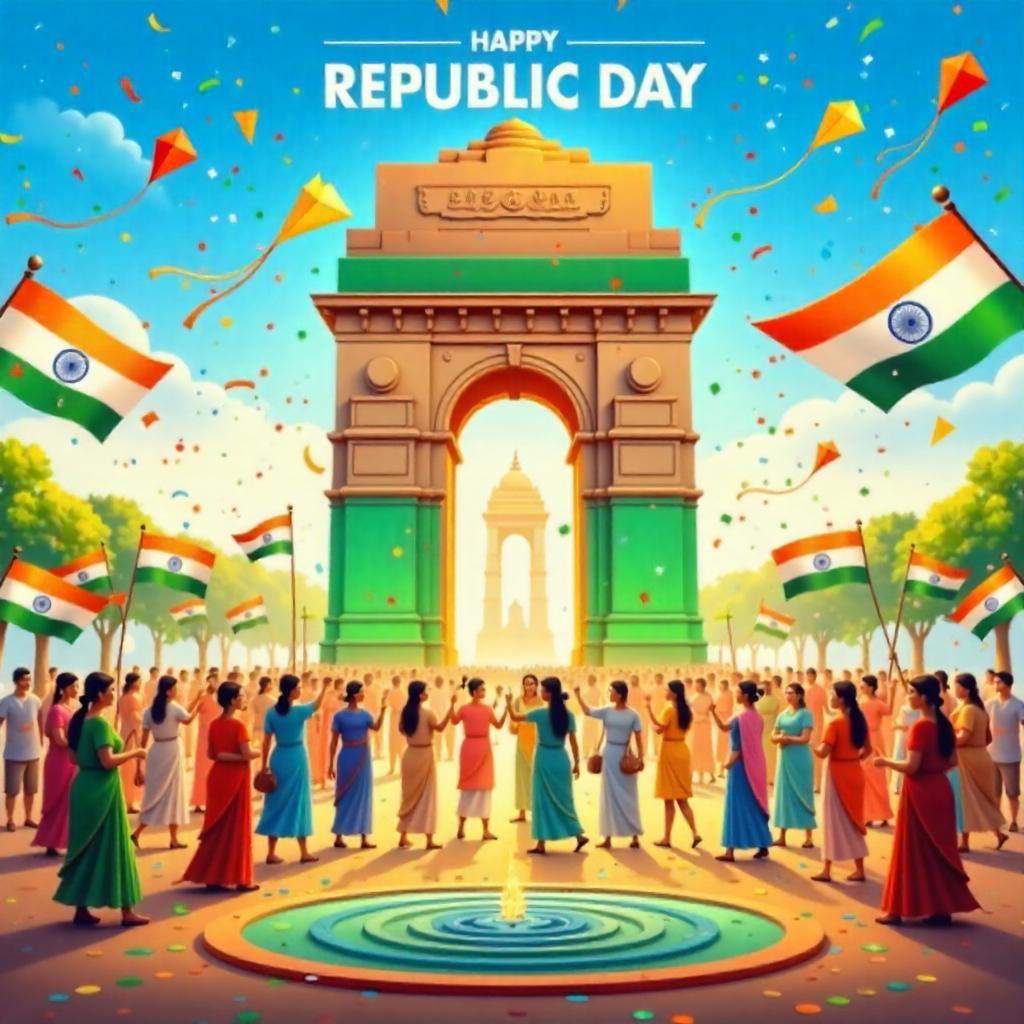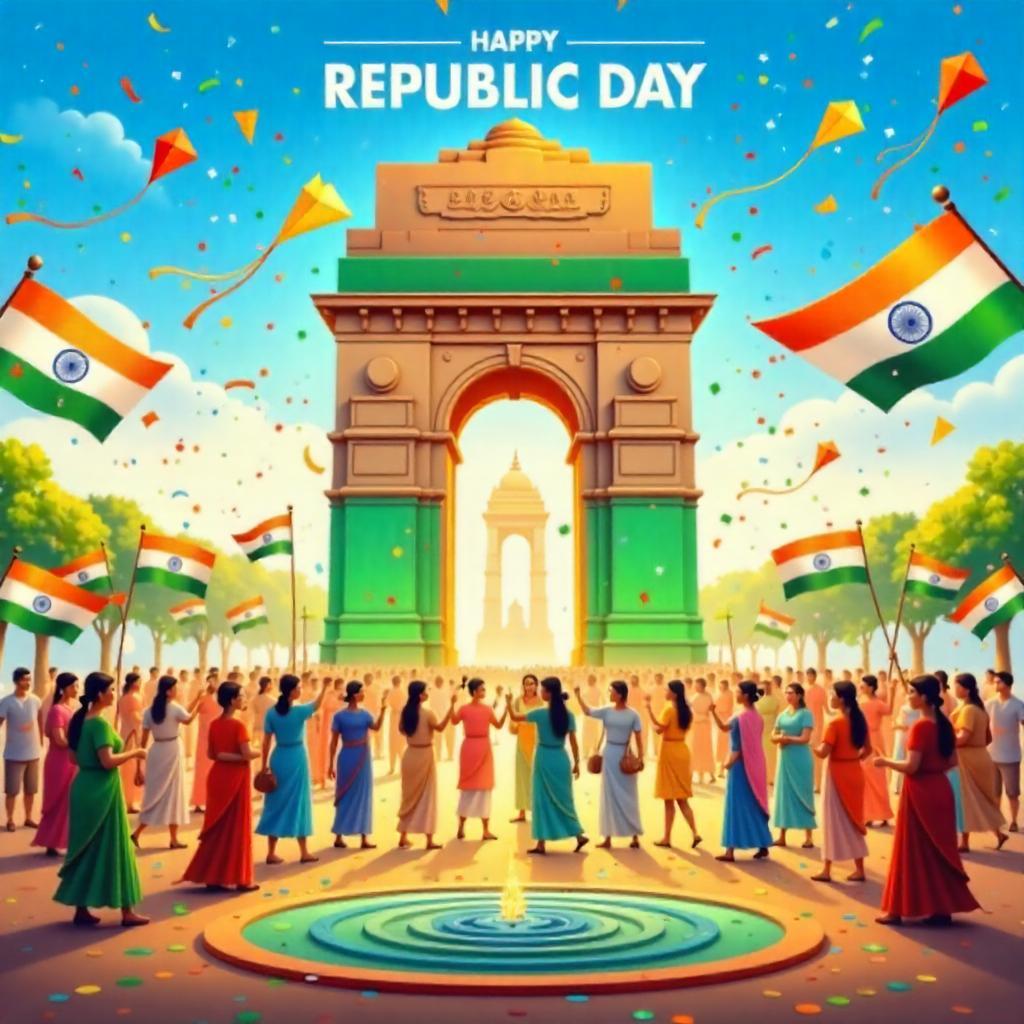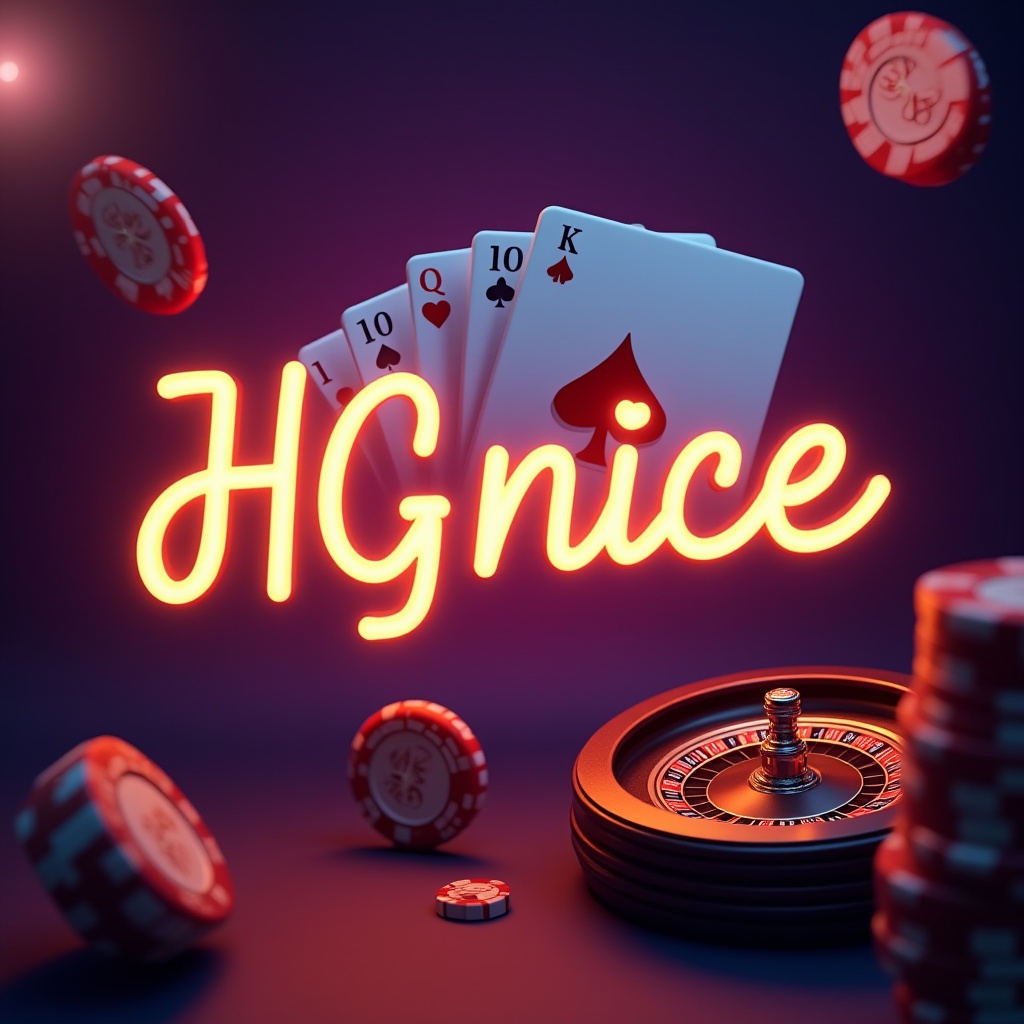The Republic Day is one of the most important national holidays in India, celebrated on January 26th. It is on this day that the flag is raised throughout the nation. This day is followed by self reflection of India’s history as an independent republic. It is also a time marked by celebration of all the important ideals of democracy that all Indians hold dear, and the diversity and unity that the Telugu people represent.
This day used to be called Constitutional Day before the adoption of the Indian Constitution in 1950, but now it marks the first installment of the Constitution and gives India an identity. Each year, the day signals the end of colonial rule followed by the onset of a self-governing democracy. Everything from the temporary rejoicing before a speech, and the silence observed afterward, reminds India of the sacrifices made during the fight for freedom, and the dedication to build a new identity for the country.
Let us now discuss the importance of that day and why it has been celebrated across decades.
The Historical Significance of Republic Day
Setting up the Indian Republic was challenging and it took a while. Even though India gained independence from British colonial rule with the Indian Independence Act of 1947, it was not until January 26 that India began to operate autonomously. At this point, India became a republic and brought her constitution into force.
India did gain independence and self-governed from this day onward. Along with the ability to self-govern, the rest of the citizens of India now enjoyed the myriad of benefits that came with being a democratic republic. ‘Dedicating,’ is the term Hindi speakers use to refer to this day, and India was indeed able to celebrate it as a public holiday. This was the precise moment when the country was able to construct and adopt the Indian constitution. The Constitution Drafting Committee was headed by Dr. B. R. Ambedkar, who provided the legal groundwork to Indian democracy.
Republic Day celebrations in India started being held on 26 January for two reasons. The first was the foundational Purnaswaraj declaration or ‘true self-rule’ carried out by Indian National Congress INC in the year of 1930. This was another important point in Indian history. A new dimension of significance and depth has been added by this historical event. Apart from proclaiming the Republic Day, it is also a reminder of the struggles endured in achieving self-rule.
The Grand Republic Day Parade
Undoubtedly, one of the most exciting parts of the holiday is the grand Republic Day parade that takes place in New Delhi on January 26. The parade takes place on Rajpath where the cultural heritage of India and the strength of its armed forces are put together on display. The proceedings of the parade start when the President of India issues the order to raise to flag, this is then followed with a 21 gun salute, a speech from the balcony of the Rashtrapati bhavan, and of course the parade itself.
In addition to being extravagant displays, the activities of the parade serve as a pictorial representation of unifying themes among the heterogenous cultures of India. The parade combines and displays the creativity of India as thousands of performers from all over the nation including school children and armed forces take part in artistic displays, some crafted with traditional methods whereas the others are modern. The magnificence of the parade is further emphasized by the tableau which depict different states and their important events, traditions, and holidays celebrated alongside the nationalism in the country. Every region is also represented by an energetic display of local dance, cultural flag, and marching units.
Due to the emotion of admiration and gratitude towards the soldiers that the Indian military march fosters, it is often seen as the most important part of Indian Republic Day Parade. Equally, the mesmerizing IAF aircraft performance, which is often considered the climax of the parade, where fighter jets fly in formation, is equally stunning.
For every Indian, whether they have attended the national day parade directly or online, there are very few things tied to the Republic Day that do not invoke love and warm appreciation for India.
Republic Day Across the Nation
As also occurs on most Indian national holidays, Republic Day Celebrations is done earnestly throughout the country, not just during the main parade in New Delhi. In the capital cities, government heads proudly raise the Indian flag and host the events which usually incorporate children’s activities, athletics, and cultural programs in conjunction with massive displays. Then the students of the respective schools grant the India’s anthem which provides a feeling of oneness among the citizens. After that, physical contests and cultural programs are held. All the primary schools are expected to sing the national anthem. There are also contests of athletics, arts, and culture for older students too.
These practices focuses upon the values that India strives to preserve, and what the country hopes to always achieve. In some places, the people themselves organize activities, for example parades, volunteer work, and raise flags in local schools or government offices. This level of civic conduct fosters social harmony in the community.
This kind of celebration which include national holidays is not only limited to a certain area. In Kashmir, Punjab, Kerala, and other local areas, flag hoisting is done along with customary dances, music, and other cultural practices that instill local pride. These changes in culture point to how accommodating India can be in maintaining national integration while allowing distinctive identities to thrive.
The Role of the Youth in Republic Day Celebrations
Currently, there is a clear increase in the engagement of the younger generation in Republic Day celebratons. Every school across India begins preparations many weeks before the event. Children will prepare for India’s democracy by learning about its rich history, culture, and politics coupled with participation in parades, traditional flag hoisting, and other customary celebrations.
Being that the youth of India are perceived to be the biggest assets of the nation, celebrating Republic Day is an exceptional opportunity to instill a sense of appreciation, responsibility, and patriotism in them. It is a day that brings together many young Indians from diverse backgrounds to celebrate the oneness of India as a democratic and developing nation.
Republic Day and India’s Global Identity
Simultaneously with its Israelis ver the establishment day celebrations, Republic Day serves as a period where Indian identity is strengthened abroad. In the same manner all enable states do, India invites important ‘diplomatic’ figures like other-world statesmen and crown heads to the annual parade in New Delhi. This shows India in a positive light which augments its standing in the world, as well as, its diplomatic credibility. The participation of foreign guests also helps to boost India’s image as a leading democracy and an important economy in the world.
We praised and remembered the sacrifices of our forebearers on the Republic Day. The February 26 serves as a reminder for Indians living abroad as a connection and heritage to their homeland. Every Indian in the different corners of the world fondly remembers and celebrates the day. Expatriates organize cultural events, flag hoisting, and several other celebrations in the hope of maintaining their love and pride for their mother country.
The Significance of Unity in Diversity
Perhaps the most striking aspect of the way culture, religion, and language of the Republic is celebrated is the way it goes about celebrating the Republic Day of India. This is achieved through the national slogan “Unity in Diversity.” All sections of the Republic Day celebration, people across the country celebrate justice equality freedom are used to partake in a myriad of festivities.
We commemorate the adoption of the Indian Constitution, the India’s most important piece of legislation, on Republic Day. The Constitution provides for the assimilation of a very large population by guaranteeing equal and inalienable rights to all citizens regardless of caste, gender, or religion. Republic Day also marks a national resolve to strengthen these values.
Looking Forward: Republic Day in the 21st Century
Republic Day is not just a celebration of democracy and republicanism, it is a chance for the people of india to come and appreciate what their country has to offer. With the emergence of new technologies, I am very positive about the direction in which the nation is heading in this 21st century because it’s citizens are truly capable of achieving great things. I am confident that there is not a single Republican out there who will argue against this.
The concepts of justice, equality, and democracy will persist in being a matter of great concern in the future, especially when the 75th and 76th Republic Day celebrations come up in 2025 and in the years to come. This is also considering the prospects and challenges that will have to be tackled. It does not matter whether these celebrations are done through open air, youth based or online events, Republic Day is bound to stir national feelings and emotions that are special.
Conclusion: A Day to Honor and Reflect
Republic Day is more than just an ordinary public holiday. It is a day dedicated to valuing the characteristics that define the country, to endorse the fight for independence, and to pay homage to the pioneers of the nation. This day is celebrated by every Indian wherever they are, in appreciation of the union of myriad cultures that this Nation was built upon.

For more interesting stories: | 63rd Goa Liberation Day: Celebrating Freedom and Unity in India’s Paradise | Republic Day in India 2025: Genuine Celebration of Unity, Diversity, and Sovereignty |




